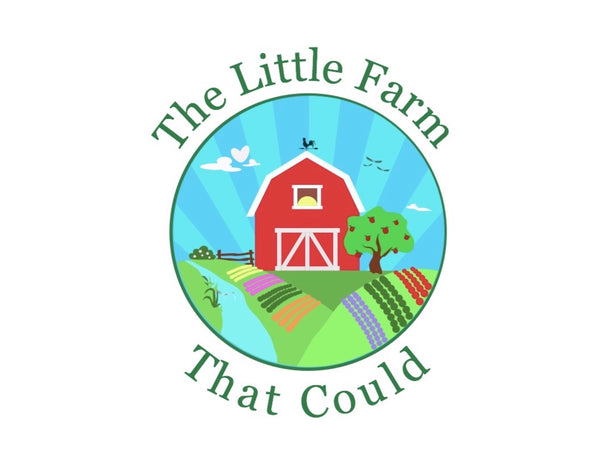Pin cherry is found throughout Ontario except in the Far North.
What you need to know to grow pin cherry
- Moisture: grows in most soil moistures.
- Soil: grows in most soil types.
- Shade: requires full sun.
- Caution: non-fruit parts of the tree contain toxins.
Benefits and uses of pin cherry
Wildlife benefits
Pin cherry fruits are eaten by more than 25 species of birds, including:
- blue jays
- robins
- cardinals
- wild turkeys
Many mammals eat the fruit and white-tail deer browse twigs and leaves.
Commercial uses
Pin cherry trees have little commercial value but can prevent erosion in burned or clear-cut areas. Fruits are often used to make jelly or syrup and the wood can be used to produce paper.
Fun facts about pin cherry
- Pin cherry trees can live up to 40 years.
- Pin cherry fruits are so popular with birds that the tree is often called bird cherry.
- Pin cherry seeds will still germinate after many decades in soil.
Reference: Ontario Conservation Society.






